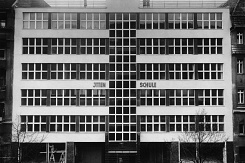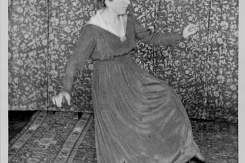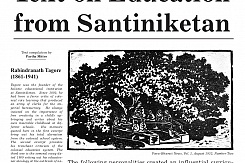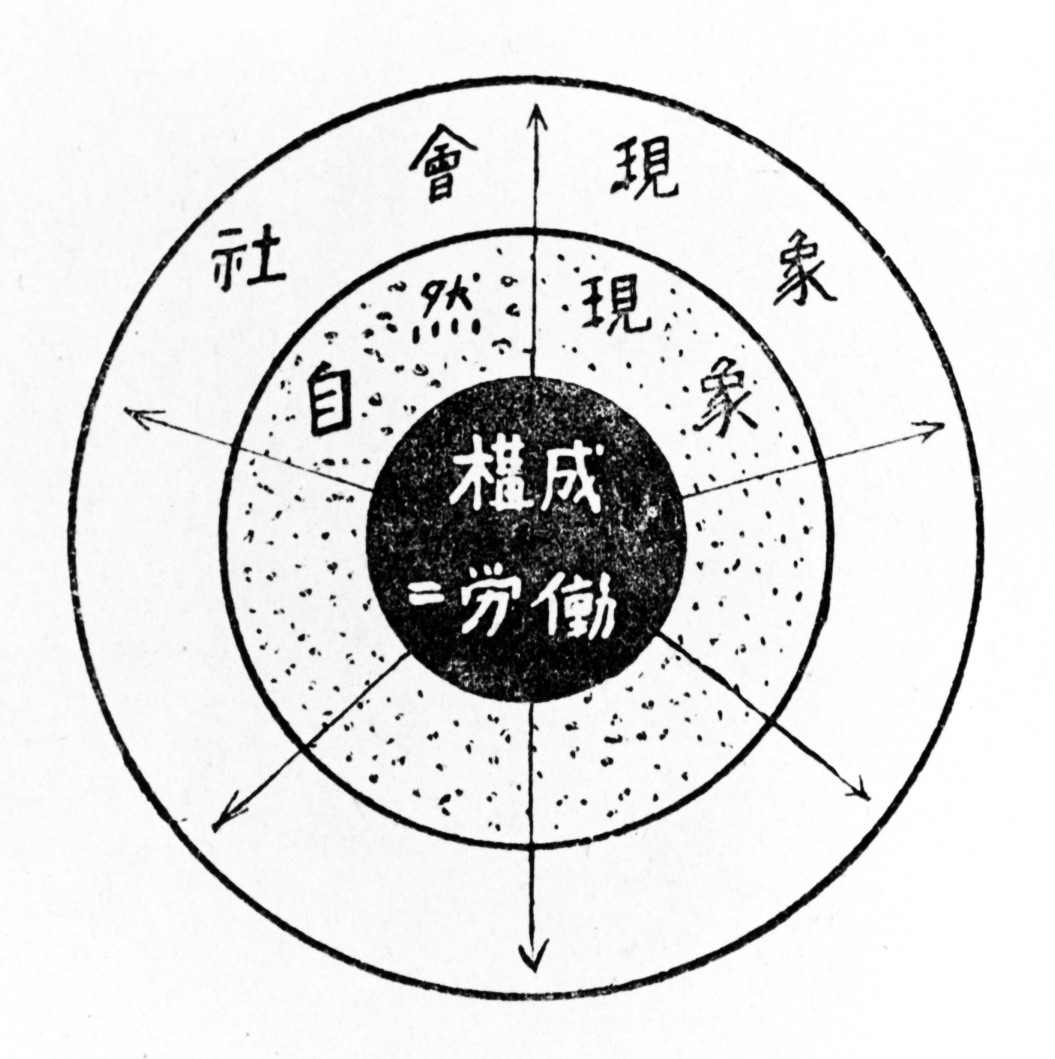The exhibition Corresponding With in The National Museum of Modern Art Kyoto traces the tangible connections and commonalities between these three schools as well as the differences in their pedagogical models. When these Asian schools are taken into account, the Bauhaus pedagogy becomes just one position in a series of European and non-European approaches to art education.
Kala Bhavana established by the poet Rabindranath Tagore in 1919 drew on resources from the past as well as to the British Arts and Crafts movement. It looked to ancient Indian forest schools (tapovan), India’s craft traditions, the cave paintings of Ellora, and laterally to other Asian cultures but also to the continental European avant-garde. The display in this exhibition includes instructional postcards by Nandalal Bose the artist who developed the school’s curriculum as well as pedagogic writings outlining the school’s philosophy. In keeping with an ethos which saw the art craft continuum as serving the community, it features rare examples of textiles, ceramics and furniture design as well as of mural painting.

























